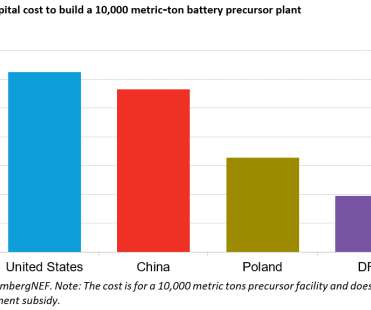51% of BMW Group’s electricity worldwide from renewable sources; targeting 100%
Green Car Congress
MARCH 20, 2015
At its Annual Account Press Conference 2015, the BMW Group announced that, for the first time in the history of the Group, 51% of its electricity worldwide is being supplied from renewable sources. This is a significant milestone for the company, its aim being to gradually increase the share of renewable energy to 100% over the coming years.












Let's personalize your content